I noticed that the Android Developers Activity section has been updated since I started my app, but I am still unclear what the simplest Activity Lifecycle is.
As far as I can make out:
onCreate, onResume and onPause are the essential ones.
The activity may be deleted any time after onPause, so I should save my whole app state to a file onPause and not rely on onStop or onDestroy. Also, onSaveInstanceState is not called before every onPause so is not really worth using.
Rather than trying to write loads of code to handle all the scenarios, why not destroy the Activity at the end of its onPause?
The Lifecycle would then be onCreate and onResume before it is active, then onPause when it becomes inactive. Other methods would not be needed.
I'd use onCreate to call setContentView and set up view listeners, but everything else would be put in onResume, including loading the restored state from a file? As stated earlier, onPause would save the state to a file and destroy the activity.
As far as I can see, the only disadvantage of this might be that when a popup is on screen, the activity is deleted and has to be recreated when the popup is closed, meaning the activity won't be visible behind the popup (although I have not tested this)
It may take a bit longer to restart the activity, but since the system could have deleted the activity anyway without any notice, you have to save the whole state anyway.
Any thoughts?
Update: I suppose what I was thinking of was where a 'front page' activity calls a game activity. The frontpage activity would call the game activity when the player clicks 'Play'
The game activity would set up its views and listeners etc. in onCreate, and in onResume it would load a file containing the game state, or start a new game if no file existed.
onPause of the game, it writes the game state to the file, then whatever happens to the game activity (nothing, or gets stopped/destroyed, or whatever) the onResume method would always load all the data back in again from the file.
That's sort of what I was thinking, if that makes any sense?
Update2: I've devised a simple solution which I've documented in an answer below, if anyone's interested!
It doesn't support the Android Activity Lifecycle 'Paused' and 'Stopped' states. Once it is no longer displayed it kills itself and has to be restarted manually, but it does carry on from where you left off!



